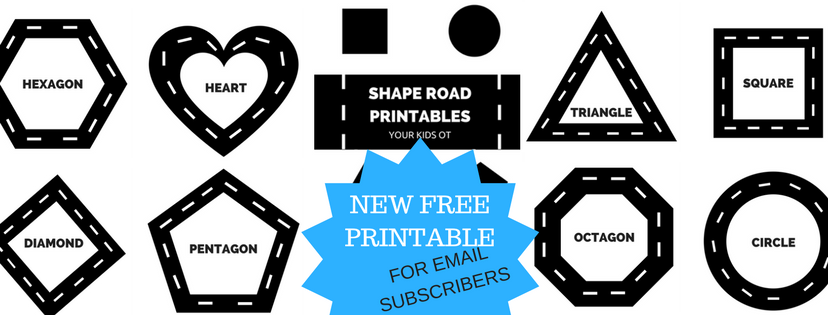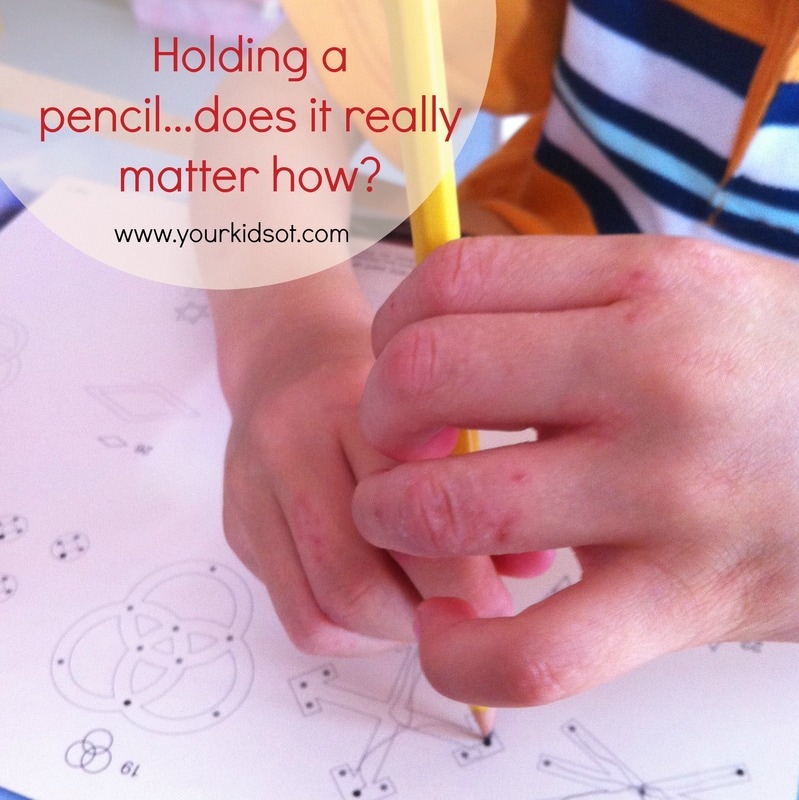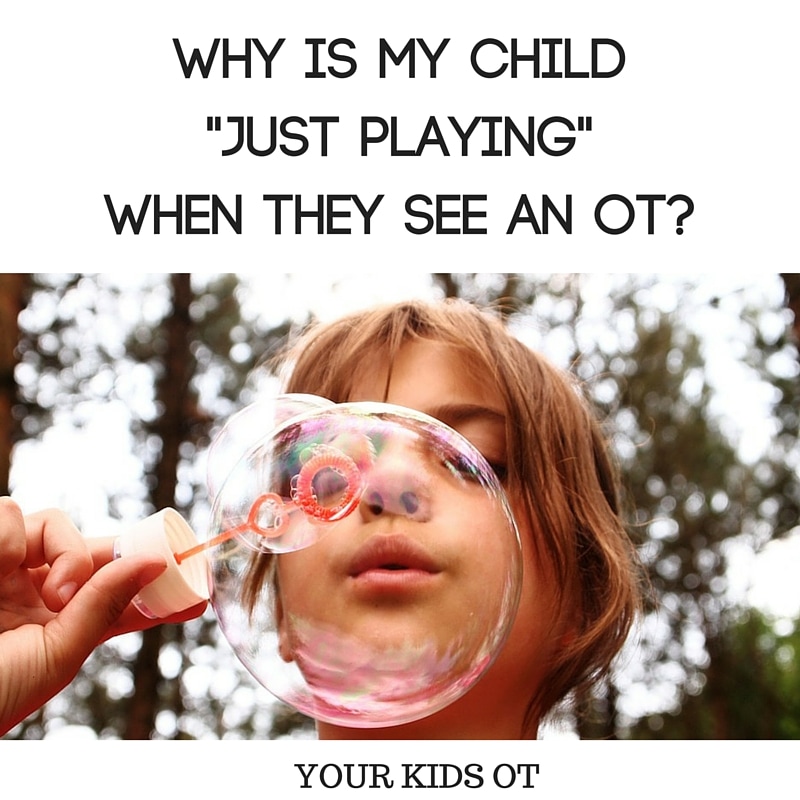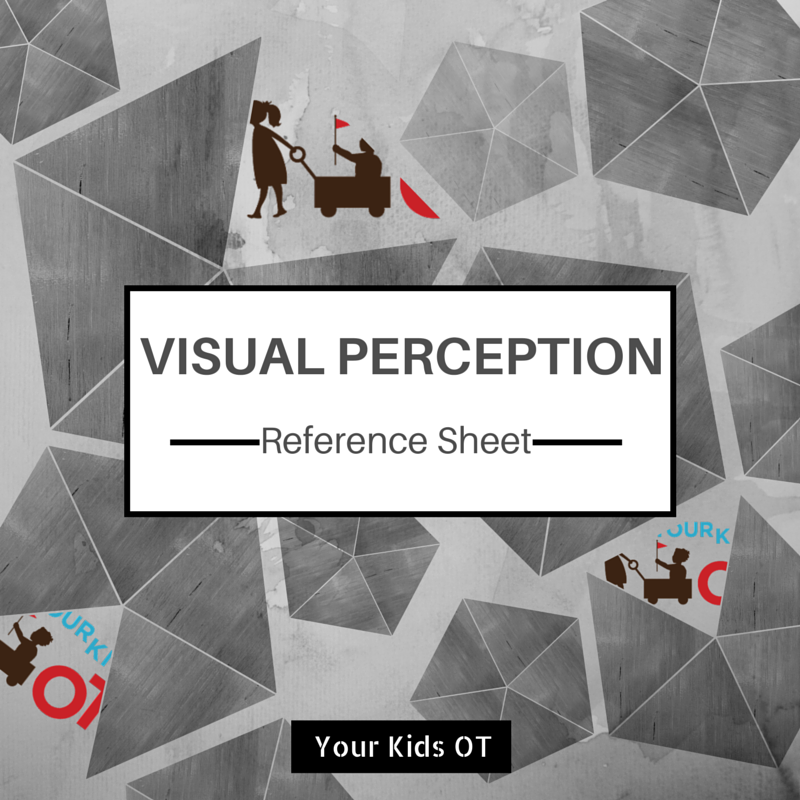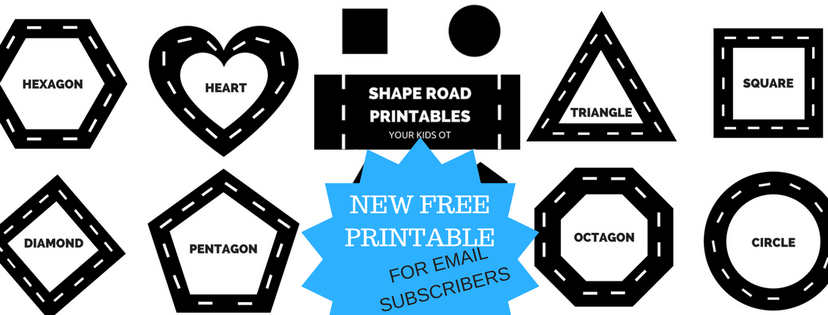|
How does your child hold their pencil? How do you? Does it really matter how the pencil is held? Well the last question was the subject of my very first blog post and you can read that HERE!
Some of the main aspects of pencil control come from how the pencil is held and how it is manipulated whilst in the hand. Ideally occupational therapists are looking for the following features when it comes to pencil grasp:
Here is a quick "trick" to help with the position of the pencil! This "trick" (or hack - I don't like the word hack though) is for those kids (and adults) who rest their pencil across the index finger rather than in the web space. This "trick" will help move the pencil into the web space whilst your child "pinches" it near the nib (where the pencil shaving meets the pencil cover). This "trick" encourages a more dynamic pencil grasp and open web space. What to do?
Considerations!
Have you tried the "elastic band trick"? Do you know a child who might benefit from trying this?
I’m excited to report that The Handwriting Book has already reached hundreds of people so far this week!
Thank you for wanting to learn more about how to support handwriting development in kids and for being excited about using new handwriting strategies and ideas in your home, classroom, or therapy practice. Would you like to know more?? Who is The Handwriting Book for - therapists, teachers, or parents? The answer is...all of the above! The information in this book is perfect for parents who are trying to support their kids in the development of handwriting skills. Therapists will love having all of the handwriting information, tips, and strategies they need right at their fingertips as they work with kids and write evaluations and goals for the students on their caseloads. The Handwriting Book is also great for teachers who are looking for information and ideas to support handwriting development in the students in their classrooms. Can I get a print copy of The Handwriting Book? Not quite yet...if we continue to get a lot of requests for a print copy of the book, we may consider adding an option to purchase the book on Amazon in the future, but for now, the book will be available only as a pdf format ebook. What was your contribution to The Handwriting Book? The Handwriting Book is the result of a year long collaboration between 10 dedicated therapy bloggers who are all experienced pediatric therapists from across the globe! We have each written a contribution to the book and have worked together to bring you this unique reference. We have been working to bring you our knowledge, experience, tips and tricks ... creating the ultimate guide to handwriting! The Handwriting Book will provide you with evidence based practice as well as tried and tested practical tips! The Handwriting book covers:
More questions or comments about THE HANDWRITING BOOK? Just comment on the blog or email me. Don't forget to use #thehandwritingbook on social media when commenting about the book! Do you have a favourite "therapist tip" from the book?
Get 25% off with the discount code: HANDWRITINGHELP1
**Valid until 29th January, 2017 ** DON'T FORGET THE FREE PRINTABLES ARE NOW AVAILABLE UNTIL THE 29TH JANUARY, 2017! GET YOUR COPY TODAY!
Thank you again for those who have supported me with the purchase of this new e-book! I really hope that you find it a useful resource that you will continue to refer to again and again!
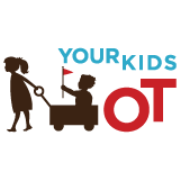
CindyChuan is a registered Occupational Therapist practising in Sydney Australia. She has two young children who are a constant source of inspiration and learning. Cindy loves working creatively to help children to reach their potential, finding opportunities in everyday living and making learning fun.
Cindy is the author of the Occupational Therapy blog Your Kids OT.
More great tricks:
Wow, what a lovely craft!
The craft had a photo of Miss 4 years on an elf body, with paper concertina arms and legs. Did you make that (Miss 4 years)? Um no, I did the folding! The sheepish teacher admits to me. This situation greets me more often than not and it prompted me to write this post. With school resuming in Australia very soon, this article is for teachers! If you see your teacher "guilty" of these things maybe you can prompt them with "why"? Also note, when I say "teachers", I'm also talking to OTs and parents who may also be "guilty" of these things! 1. Teachers PLEASE don't do the craft FOR your kids! This is my top gripe with preschool and school teachers. Kids do not need or want insta-worthy craft! Parent's don't want to see YOUR crafting skills (even if does make the classroom look beautiful). Kids need opportunities to snip, cut, rip, glue, fold and to make mistakes! They need to have craft opportunities where they can learn about spatial relationships (even it means legs are coming out of heads, arms are different lengths and tongues don't curl properly). Painting outside the lines means they can work out where things are in relationship with themselves. Manipulating glue stick lids or squeezing the PVA glue are opportunities for fine motor and hand strength development. Early opportunities for snipping and cutting will lead to smoother cutting and better manipulation of the paper with practise. Folding those paper planes and flying them, kids will learn that more accurate folds make better planes and should practise these fine motor skills. Rolling, tearing and scrunching paper are so important for bilateral coordination and fine motor development. At home, provide lots of craft materials for your kids to create, experiment and learn! You may not be "crafty" yourself or even like the finished product that your child produces (lets be honest here)... but it is not actually always about the finished product. Allow your child to work through the process. Need some ideas? Check out my "homemade arts of craft section". Each craft here is designed to be done by kids (with minimal help from adults). 2. Teachers PLEASE don't sharpen pencils for your kids! I'm sure this is a time saving thing, but teachers why not provide ordinary pencil sharpeners in the classroom?! They don't even make a mess as they have little containers to catch the shavings. I don't mean to be patronizing but I would love to see more pencil sharpeners in preschool classrooms especially. What an easy natural way to work on bilateral coordination and fine motor manipulation. So much of the "turning" action when sharpening a pencil is made by the thumb and index working together. What a perfect "pre-writing" activity! If your child is using their whole hand to turn the pencil, encourage them to do this with the thumb and index finger - it may take practise! As OTs we come up with exciting and creative ways to work on these skills, however such a simple thing as sharpening pencils regularly will help your kids to develop these skills! I may be including "pencil sharpening" as homework this year for my OT kids! Make sure you encourage your child to do this at home too! You will be surprised with how quickly your child might say "my hand is tired" as they are not used to using these muscles.
3. Teachers please don't expect good handwriting if your child is sitting in a plastic garden chair!
It has been a few years now since I worked in a school where the standard chair for students was a cheap plastic garden chair with arms rests. These chairs were horrible for posture at a desk. The arm rests did not allow the chair to go under the tables, the child was either sitting back in a slouched position or sitting right on the edge at the front of the chair so they could rest their arms on the table. The chairs easily tipped and were difficult to move in and out of the table. Other schools may not be as bad with the chairs provided, however I do want to remind you that posture is important. Children should be able to comfortably place both feet on the ground and the table should be slightly higher than their bent elbows without elevating their shoulders. Children should also have enough space so they are not "on top of" the child sitting next to them. Check your tables and chairs at home too! Check where your child may be doing any "table top" work. The dining table may be a great option but often kids have their legs dangling and their arms are uncomfortable as shoulders are elevated so that they can reach. Small children may work better at a coffee table whilst sitting on an ottoman or cushion. You may want to invest in an adjustable table and chair that grow with your child. You will find out the importance of posture and gross motor skills in "THE HANDWRITING BOOK" which is currently being launched! Apply the launch week discount code: HANDWRITINGHELP1
4. Teachers please don't take away writing lines too early!
Removing writing lines too early is like removing the lane marks on a road and expecting people to drive within the imagined lanes accurately. Some people can do it, but many can't! (OK - A slight exaggeration but you get the picture!) Writing on lines provides children with a visual guide as to how to position letters. They can work out the size of letters and how they are positioned in relation to each other within a word and a sentence. When you remove the lines, kids need to be able to visualize how tall letters need to be and even how to write in a straight "line". Yes they need to know how to visualize this themselves - but at what age? Often when I see children in year 1 or 2 or even older who have handwriting legibility difficulties, I need to give them the "lines" back to help with the visual spatial and organisational skills. I use my "earth paper" to provide a strong visual guide and then we work back to needing less lines. You could also use grid paper to help with organisation and spacing. 5. Teachers please don't punish kids by making them sit still or keeping by them in from recess or lunch. Research shows that kids need opportunities for movement, exercise and fresh air. The American Academy of Pediatrics (2012) make the following recommendations about the need for recess.
In conclusion the AAP state "recess should be considered a child’s personal time, and it should not be withheld for academic or punitive reasons". Any teachers, OTs or parents guilty of some of these things? I love working with my "teacher" friends and colleagues! I count many teachers as very good personal friends! Please don't take this article personally. I did have a good chuckle with the teacher I mentioned in my introductory story! She "knows" where I stand with letting kids do the "craft"! Let's go "BACK TO SCHOOL" in 2017 with a fresh look at how we "help" our children with their development and learning!
This article is part of the 2017 Aussie Back to School Blog Hop!
Read the "back to school" articles here by some wonderful Australian Bloggers! You will find out how the first time school mums are feeling, tips for special needs parents, great lunch box ideas as well as suggestions for those who don't like crunch and sip! Teachers Please Don’t! | Your Kids OT Advice For First Time School Mums From Seasoned Mums and Teachers | The Multitasking Woman 10 simple ways to make school lunches more fun | Kidgredients Teacher Types Top Tips for Going Back to School | Teacher Types Maintaining a Play Filled Routine throughout the School Term | Kids Play Space 5 Must Have Items for Starting Day Care | My Bored Toddler Handling Crunch and Sip with Fussy Kids | Play With Food How to share your child’s special needs with their new teacher | My Home Truths 16 things the school holidays have taught me | Eenie Meenie Miney Mum The Most Important Skills Your Child Needs for School | The Happy Me Shop 101 Sandwich Filling Ideas for Kids | Create Bake Make
Reference:
The Crucial Role of Recess in School. (2012). Pediatrics, 131(1), 183-188. doi:10.1542/peds.2012-2993
*** FREE PRINTABLE NO LONGER AVAILABLE. Undated "All about me" and "All about my Class" can be foundHERE ***
Start 2017 with a FREE printable to document "All about Me" and "All about my Class". These sheets are perfect for the classroom or for an OT session. You could even do this at home. The "All about Me" printable includes a place to draw a selfie, write your name, record your age, grade and teacher's name. You can also write in the colour of your hair and eyes as well as your favourite food, book and colour. There is a place to write what you like to play and who is in your home. Images may be coloured in and words decorated. The "All about my Class" printable could be enlarged and used for the whole class. It could also be printed for each individual child to record the name of your class, school and teacher. You can count the number of boys and girls. Then figure out what colour hair and eyes each student has, recording this on the printable. Images may be coloured and words decorated. Download these FREE PRINTABLES HERE! (2018 NOTE: NO LONGER AVAILABLE) I know teachers and OTs are busy lesson planning during the school holidays for the school year ahead! So share this with your teacher and OT friends! Let me know if you use these in your classroom or OT clinic!
You may also like:
|
AuthorHi, I'm Cindy and I am an Occupational Therapist. I enjoy working creatively with children to see them reach their potential. Read more about me here. SEARCH THIS SITE
Archives
June 2024
Categories
All
Popular Posts |
Join the YKOT e-newsletter!
Subscribe to get our latest content by email and receive
the SHAPE ROADS PRINTABLE NOW!

Success! Now check your email to confirm your subscription and receive your free printable!
Join our Mailing List!
Subscribe to get our latest content by email and receive
the SHAPE ROADS PRINTABLE NOW as a thankyou!

Success! Now check your email to confirm your subscription and receive your free printable!
Disclaimer: The information on this site is general in nature and should be used for educational and entertainment purposes. The activities are safe for most children, however, you should consult an Occupational Therapist or health professional to address specific movement, sensory or other medical conditions. This blog does not replace formal therapeutic professional advice given by a health professional or medical practitioner. Reviews and endorsements of products will only be made based on my expertise and personal opinion; and deemed worthy of such endorsement. The opinions shared in sponsored content will always be my own and not that of the advertising company or brand. Content, advertising space or posts will be clearly identified if paid, affiliated or sponsored. Affiliate links may be found throughout this website in advertising. This means that if you follow through with a purchase from these links, Your Kids OT will receive a percentage of the sale. Your Kids OT undertakes to meet the requirements of the "Social Media Policy" as published by Australian Health Practitioner Regulation Agency (AHPRA). Further information about this policy can be found here.
Find meFollow me |
About me
AuthorHi, I'm Cindy and I am an Occupational Therapist. I enjoy working creatively with children to see them reach their potential. Read more about me here. |
Copyright © 2017 Your Kid OT

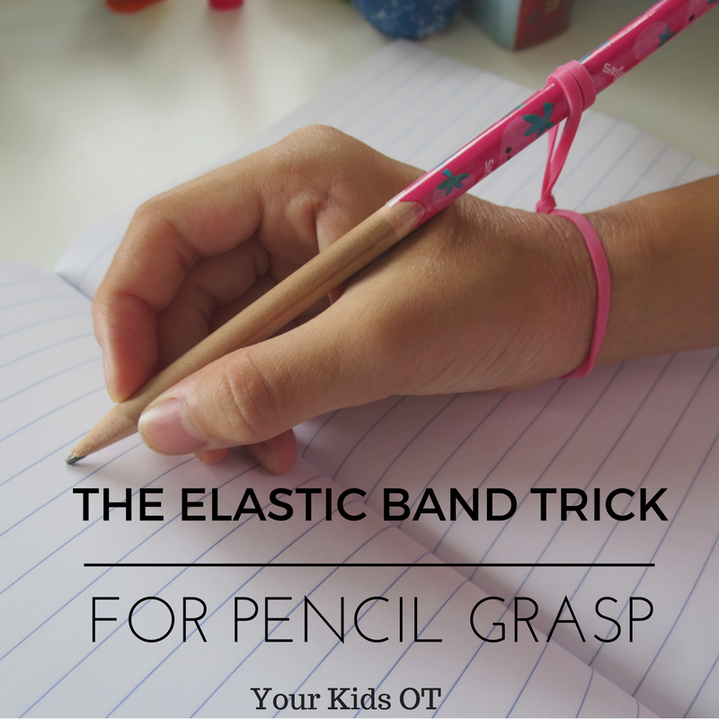
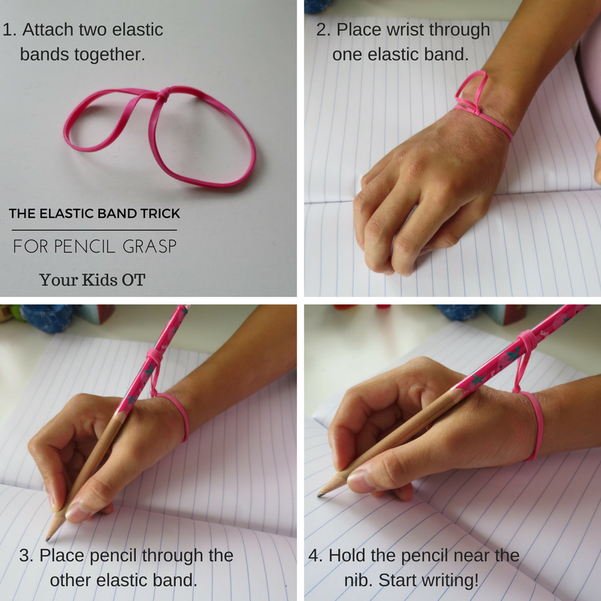
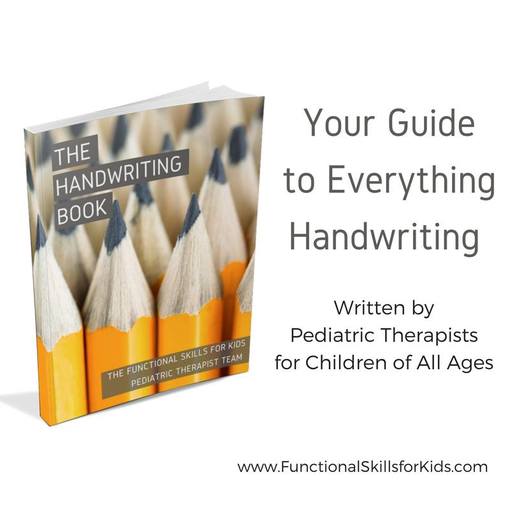
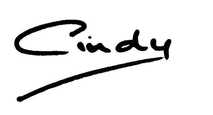
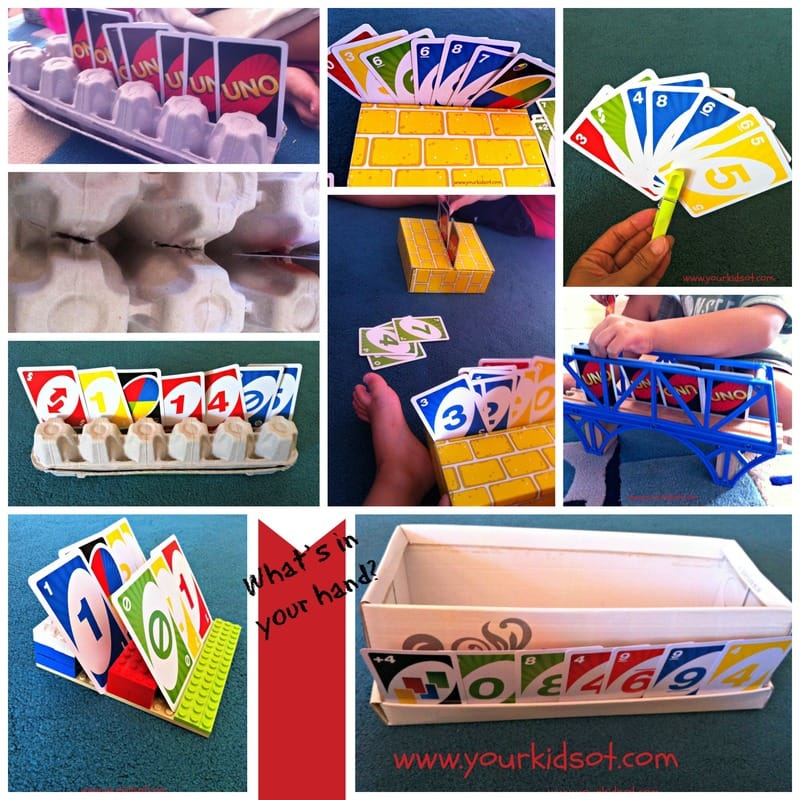
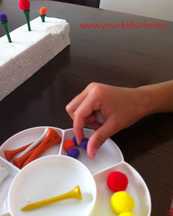

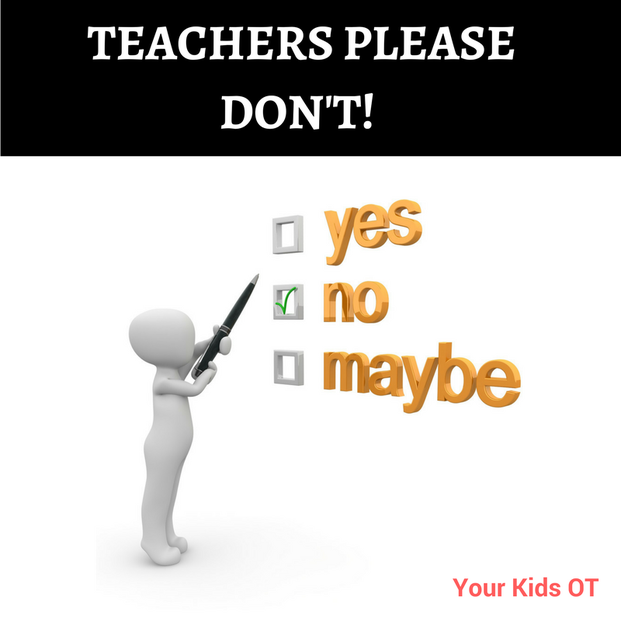
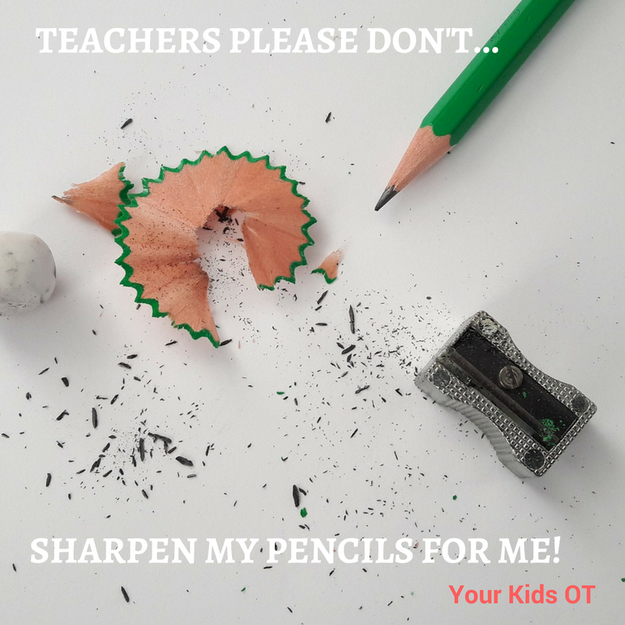
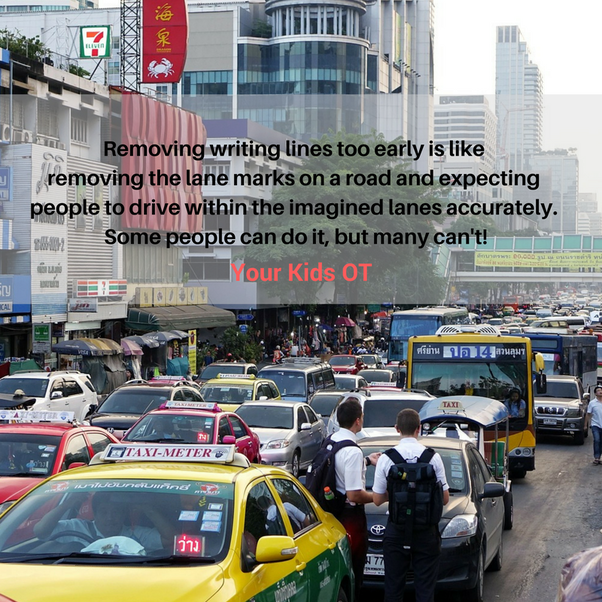

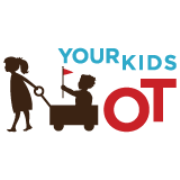
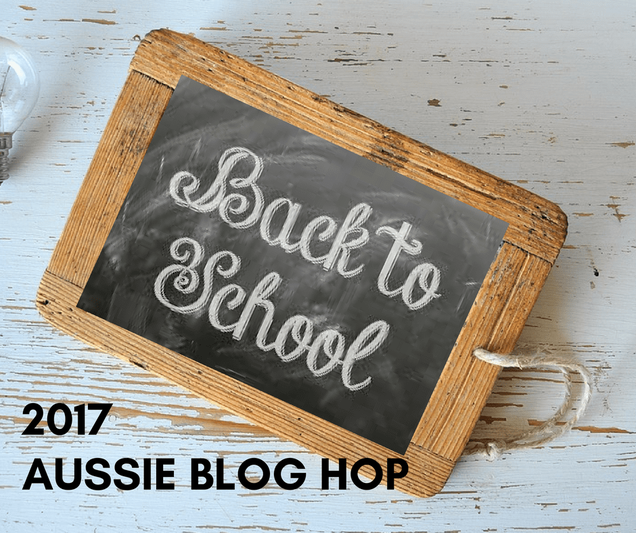

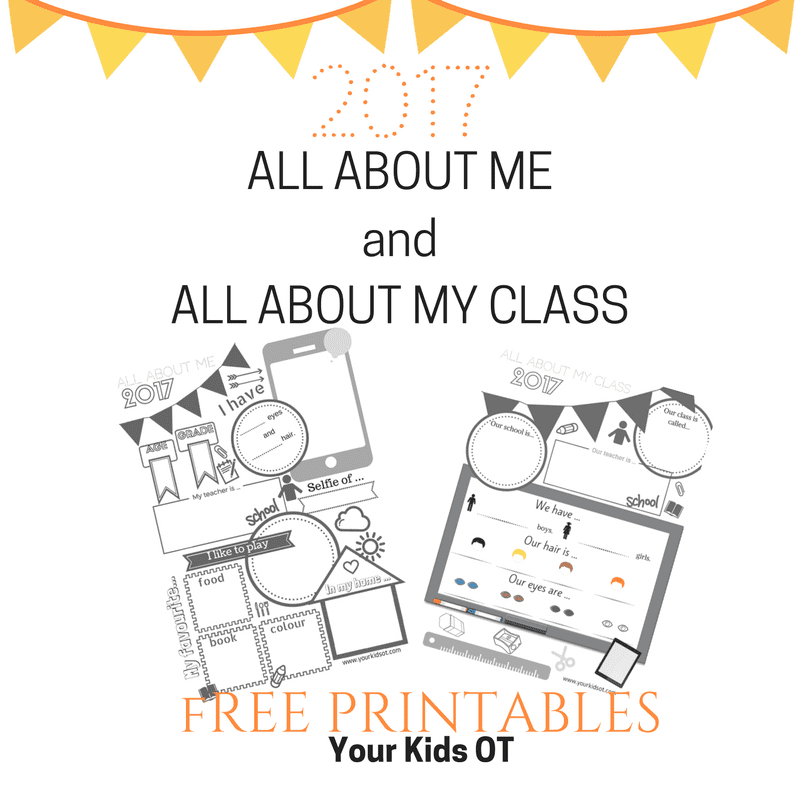

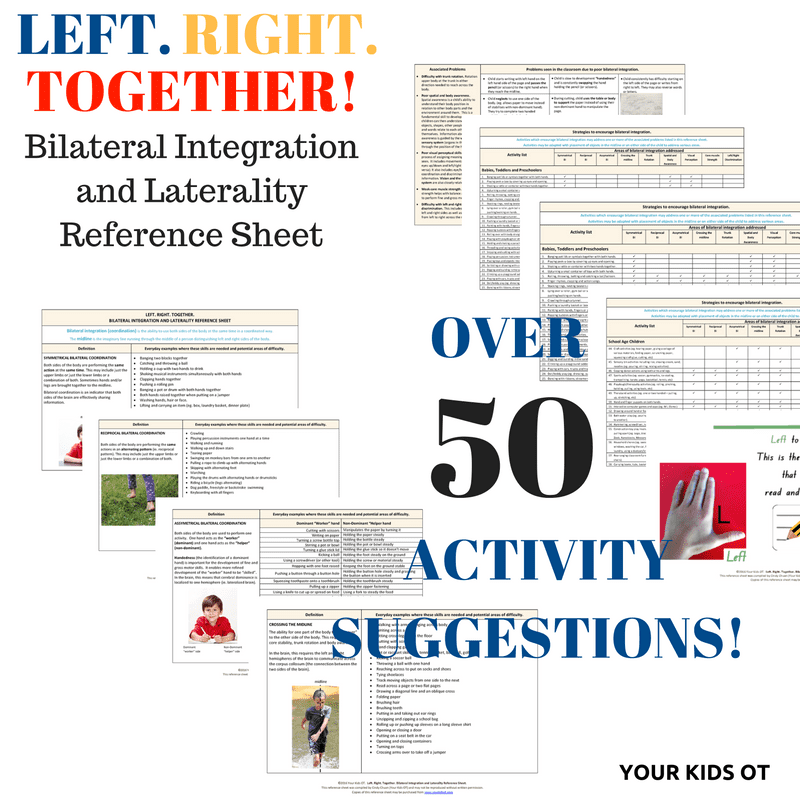
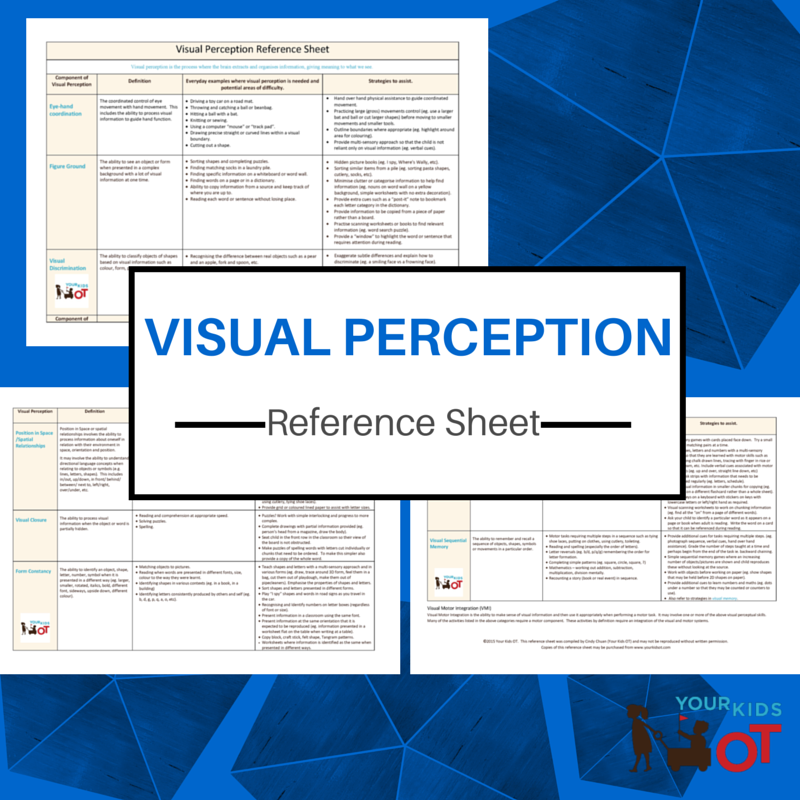
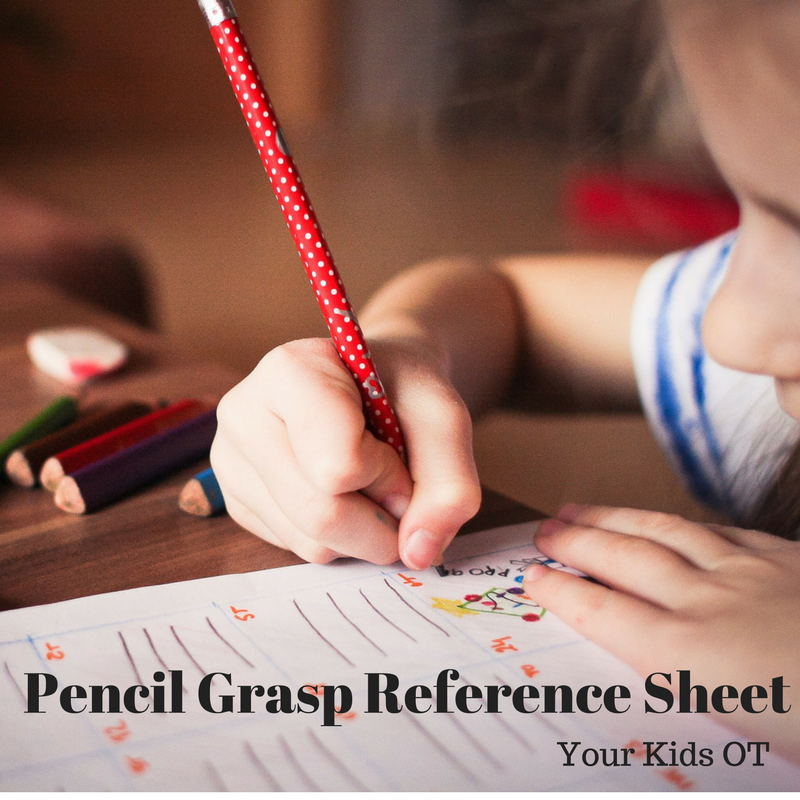
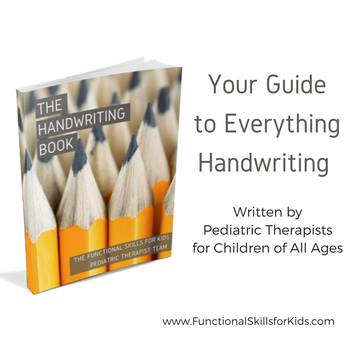
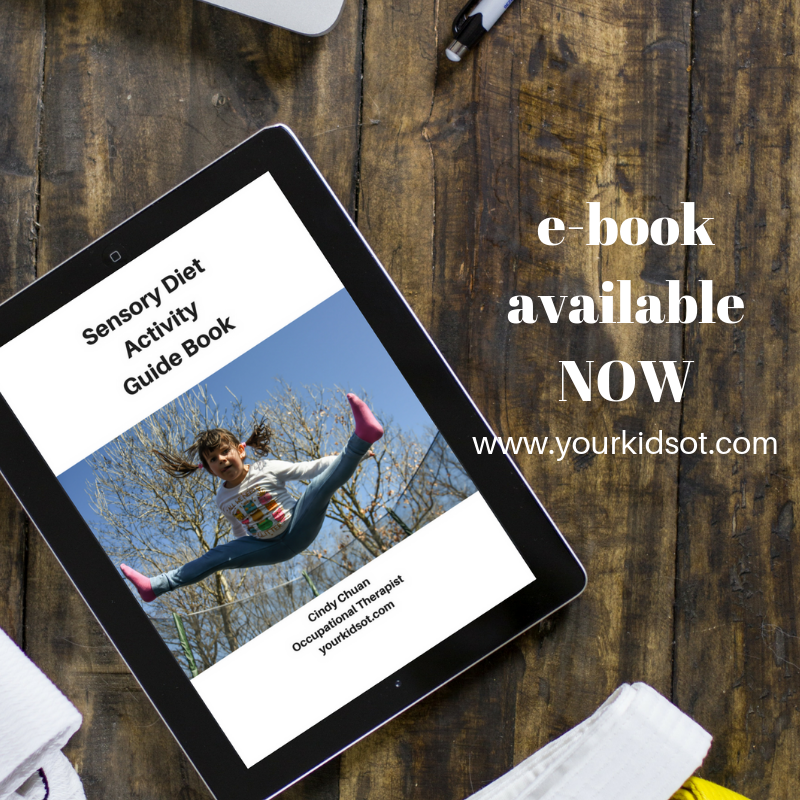
 RSS Feed
RSS Feed
